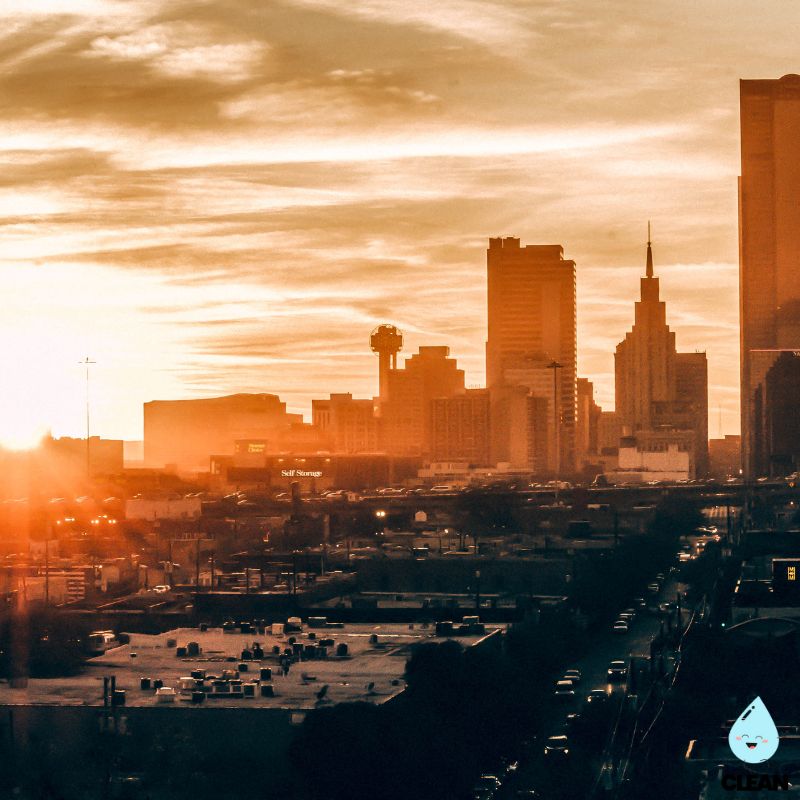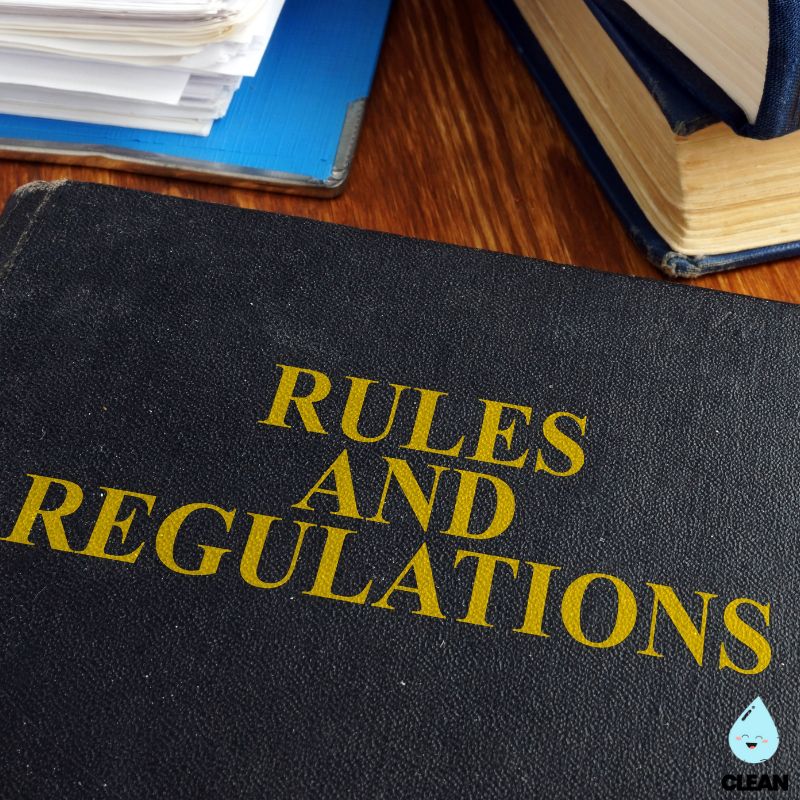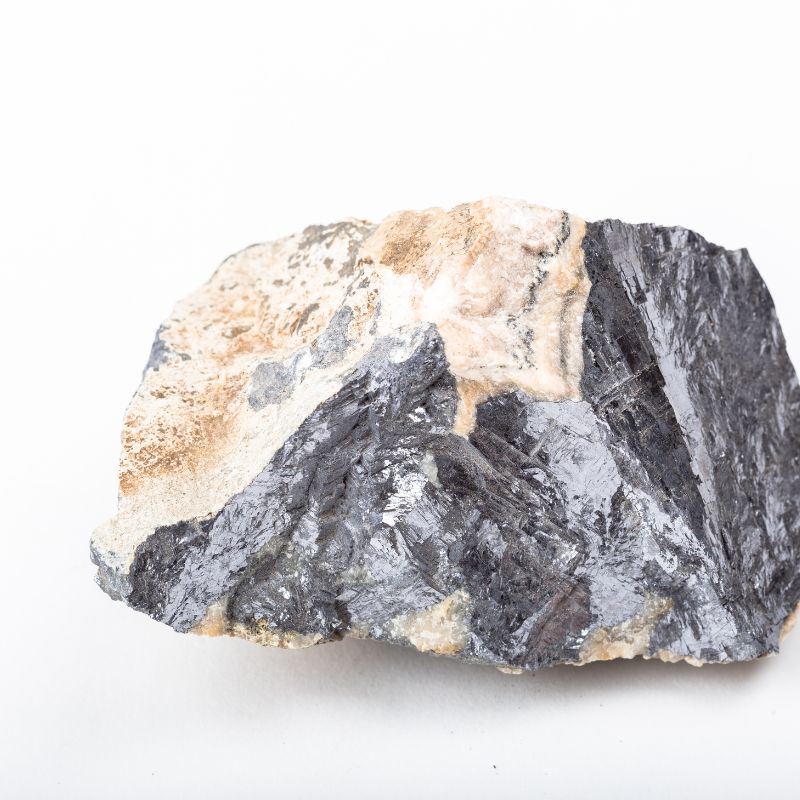Garland Texas Water Quality at a Glance
some concerns
Is Garland Texas Water Safe to Drink?
Yes, Generally Safe – Garland’s water consistently meets all federal and state drinking water standards. The city purchases treated water from the North Texas Municipal Water District (NTMWD), which draws from multiple protected lake sources. Key concerns include chromium-6 levels at 91.2 parts per trillion (4x higher than cancer-safe levels) and disinfection byproducts from chloramine treatment. Recent lead testing shows safe levels at 3.88 ppb, well below EPA limits.
⚠️ Key Concerns for Garland Residents
- Chromium-6: Recent testing shows 91.2 parts per trillion – over 4 times higher than levels with negligible cancer risk
- Disinfection Byproducts: TTHMs at 36 ppb and HAA5 at 25 ppb from chloramine treatment processes
- PFAS Monitoring: While most tests show levels below new EPA limits, ongoing monitoring required through 2027
- Chloramine Taste: Unlike chlorine, chloramine disinfectant creates persistent taste that doesn’t fade overnight
Read the full report below for detailed analysis, water source information, and actionable recommendations for Garland residents.
Garland – Texas – Water Quality Report 2025: PFAS Testing, Infrastructure Concerns & Safety across your city
The City of Garland provides comprehensive water services to approximately 250,000 residents across the greater Garland metropolitan area in northeast Dallas County. As one of the original founding member cities of the North Texas Municipal Water District (NTMWD) established in 1951, Garland purchases all of its treated drinking water from NTMWD and operates an extensive distribution system including over 1,100 miles of water lines, eight ground storage tanks, and four elevated storage tanks to deliver safe, reliable water to homes and businesses throughout the community.
Garland’s water originates from multiple surface water sources managed by NTMWD, including Lavon Lake, Lake Chapman (Cooper Lake), Lake Tawakoni, Lake Texoma, and the innovative East Fork Raw Water Supply Project featuring the John T. Bunker Sands Wetlands. The water undergoes comprehensive treatment at NTMWD’s advanced treatment facilities in Wylie before being delivered to Garland through five entry points throughout the city. Garland Water Utilities operates 24/7 with highly trained and licensed professionals who continuously monitor water quality, conduct over 8,000 fire hydrant flushings annually, and maintain the integrity of the distribution system to ensure residents receive safe, high-quality drinking water that meets all federal and state standards.

Garland Water Quality: Current Status (2024-2025)
Latest Testing Results
- Lead and Copper Monitoring: Recent testing shows Garland’s water meets all EPA requirements for lead and copper, with the 90th percentile lead concentration at 3.88 parts per billion – well below the EPA action level of 15 ppb.
- Weekly Quality Testing: Garland Water Utilities conducts comprehensive weekly testing from multiple locations throughout the city, with all samples processed through state-certified laboratories to ensure compliance with regulations.
- Compliance Status: Garland’s water consistently meets all federal and state drinking water standards, maintaining full compliance with EPA and Texas Commission on Environmental Quality (TCEQ) regulations.
Water Sources
- Multiple Lake Sources: NTMWD draws raw water from Lavon Lake, Lake Chapman (Cooper Lake), Lake Tawakoni, and Lake Texoma, providing diverse and reliable source water supply.
- East Fork Raw Water Project: Includes the innovative John T. Bunker Sands Wetlands near Kaufman, representing cutting-edge constructed wetlands technology for water treatment and environmental protection.
- Regional Water Security: NTMWD’s diversified supply approach ensures water security for Garland and the entire North Texas region, with comprehensive watershed protection across multiple counties.
Advanced Treatment Technology
- NTMWD Treatment Plants: Water is treated at NTMWD’s state-of-the-art facilities in Wylie using multi-barrier treatment processes including coagulation, flocculation, sedimentation, filtration, and disinfection.
- Chloramine Disinfection: Unlike many cities that use chlorine, Garland’s water is disinfected with chloramine (chlorine + ammonia), providing longer-lasting protection in the distribution system.
- Annual Disinfection Switch: Each March, NTMWD temporarily switches from chloramine to free chlorine for approximately 30 days to maintain system cleanliness and prepare for high summer demand.
Infrastructure Excellence
- Comprehensive Distribution System: Over 1,100 miles of distribution pipelines, more than 8,000 fire hydrants, and over 67,000 water meters ensure reliable delivery throughout Garland.
- Storage and Redundancy: Eight ground storage tanks and four elevated storage tanks provide system reliability and maintain water pressure throughout the service area.
- 24/7 Operations: Garland Water Utilities staff operate around the clock, 365 days a year, with highly trained and licensed professionals continuously monitoring system performance and water quality.
Quality Assurance Programs
Garland Water Utilities maintains rigorous quality control through continuous monitoring, weekly testing at multiple sampling locations, and regular fire hydrant flushing to maintain water quality throughout the distribution system. The city publishes annual Consumer Confidence Reports in accordance with the Safe Drinking Water Act, providing transparent communication about water quality to all residents. During summer months, additional chlorine may be added to maintain proper disinfectant levels. The utility’s commitment to excellence includes participation in state-wide conservation programs and implementation of the latest EPA regulations, including updated Lead and Copper Rule requirements that took effect in 2024.
Recommendations for Garland Residents

Monitor Your Water
Contact Garland Water Department at 972-205-3210 for water quality information or concerns. Review the city’s weekly testing results and annual Consumer Confidence Reports available on the city website to stay informed about your water quality.

Follow Water Restrictions
Adhere to Garland’s water restrictions: odd addresses water on Wednesdays and Saturdays, even addresses on Thursdays and Sundays. No watering between 10 AM and 6 PM. Automatic sprinklers must have rain and freeze sensors.

Consider Filtration for Chloramines
Since Garland uses chloramine disinfection, consider specialized filters designed to remove chloramines if you’re sensitive to taste and odor. Standard carbon filters may not be as effective against chloramines as they are against chlorine.

Take Advantage of Conservation Credits
Apply for Garland’s Conservation Credit Programs offering rebates for water-efficient toilets and washing machines. Contact Garland Water Utilities for current rebate amounts and eligibility requirements.

Report Issues Promptly
Contact Garland Water Utilities at 972-205-2671 for customer service or water emergencies. The department operates 24/7 to address water main breaks, pressure problems, or quality concerns throughout the city.
Frequently Asked Questions
Is Garland’s tap water safe to drink?
Yes, Garland’s tap water meets all federal and state drinking water standards. The city purchases treated water from the North Texas Municipal Water District (NTMWD), which draws from multiple protected lake sources and treats water using advanced multi-barrier treatment processes.
Garland Water Utilities conducts weekly testing throughout the distribution system, with all samples processed through state-certified laboratories. The utility operates 24/7 with highly trained professionals continuously monitoring water quality. Recent lead testing shows levels well below EPA action limits, and the system maintains full compliance with all regulatory requirements.
Why does Garland’s water taste different from other cities?
Garland uses chloramine disinfection (chlorine + ammonia) instead of free chlorine like many other cities. This provides longer-lasting protection in the distribution system but can create a distinctive taste that some residents notice.
Unlike chlorine taste which fades when water sits overnight, chloramine taste persists. Each March, NTMWD temporarily switches to free chlorine for about 30 days, during which residents may notice a stronger chlorine smell and taste. This annual process is essential for maintaining system cleanliness and preparing for high summer demand.
The water remains completely safe during all disinfection processes. If you’re sensitive to the taste, specialized filters designed for chloramine removal are more effective than standard carbon filters.
What are Garland’s current water restrictions?
Garland has implemented water use restrictions to ensure sustainable water management:
Outdoor Watering Schedule:
• Odd-numbered addresses: Wednesdays and Saturdays
• Even-numbered addresses: Thursdays and Sundays
• No watering between 10 AM and 6 PM to reduce evaporation
Equipment Requirements:
• Automatic sprinkler systems must have rain and freeze sensors
• Hand watering allowed anytime with attended hose, soaker hose, or drip irrigation
• Vehicle washing allowed only with shut-off nozzle or bucket
Violations may result in fines. For current restrictions, contact 972-205-2671.
Where does Garland get its water?
Garland purchases all treated water from the North Texas Municipal Water District (NTMWD), which draws raw water from multiple protected sources:
Primary Sources:
• Lavon Lake (northeast of Dallas)
• Lake Chapman (Cooper Lake) in East Texas
• Lake Tawakoni in Hunt County
• Lake Texoma on the Texas-Oklahoma border
Innovative Features:
• East Fork Raw Water Supply Project with John T. Bunker Sands Wetlands – a cutting-edge constructed wetlands system near Kaufman that provides additional water treatment and environmental benefits
This diversified approach ensures reliable water supply security for Garland and the entire North Texas region. Water is treated at NTMWD facilities in Wylie before distribution to Garland.
Quality News About Your Water
Get the comprehensive water quality news coverage you need with our dedicated US Water News Service. From coast to coast, we deliver in-depth reporting and expert analysis on PFAS contamination, EPA regulatory changes, infrastructure developments, and emerging water safety issues affecting communities nationwide. While mainstream media only covers the biggest stories, we provide the detailed, ongoing coverage that helps you understand the full scope of America’s water challenges. Whether you’re a concerned citizen, water professional, or community leader, our daily updates and analytical insights keep you informed about the issues that matter most to public health and environmental safety.
Contaminants of Concern

Disinfection Byproducts
Source: Formed when chloramine disinfectants react with naturally occurring organic matter in source water; levels monitored throughout the distribution system
Health Effects: Long-term exposure to elevated levels may increase risk of bladder cancer and potentially affect liver, kidney, and central nervous system function
Current Levels: Total trihalomethanes (TTHMs) average 36 ppb and haloacetic acids (HAA5) average 25 ppb, both well below EPA maximum limits EPA Limits: 80 ppb for TTHMs and 60 ppb for HAA5

Chromium-6 and Lead
Source: Chromium-6 occurs naturally in source waters; lead may enter from older plumbing systems with lead service lines or solder
Health Effects: Chromium-6 is a probable carcinogen; lead exposure can cause neurological damage, especially in children
Current Status: Lead testing shows 90th percentile at 3.88 ppb, well below EPA action level of 15 ppb; chromium-6 averaged 91.2 parts per trillion Monitoring: Regular testing conducted with focus on homes built before 1986
Please read – our information
The information presented on cleanairandwater.net is compiled from official water quality reports, trusted news sources, government websites, and public health resources. While we strive for accuracy and thoroughness in our presentations, we are not scientists, engineers, or qualified water quality professionals.
Our mission is to present water quality information in an accessible, real-world format that helps people understand what’s in their water and make informed decisions about their health and safety. We believe that complex environmental information should be available to everyone in a format that’s easy to understand.
We make every effort to ensure our content is current and accurate, but we cannot guarantee that all information is complete or error-free. This website should not replace official communications from your local water utility or health department. We always recommend consulting official sources for the most up-to-date information regarding your specific water system.
Clean Air and Water is not liable for any unintentional errors, omissions, or outdated information. The content on this site is provided for informational purposes only and should not be considered professional advice.


